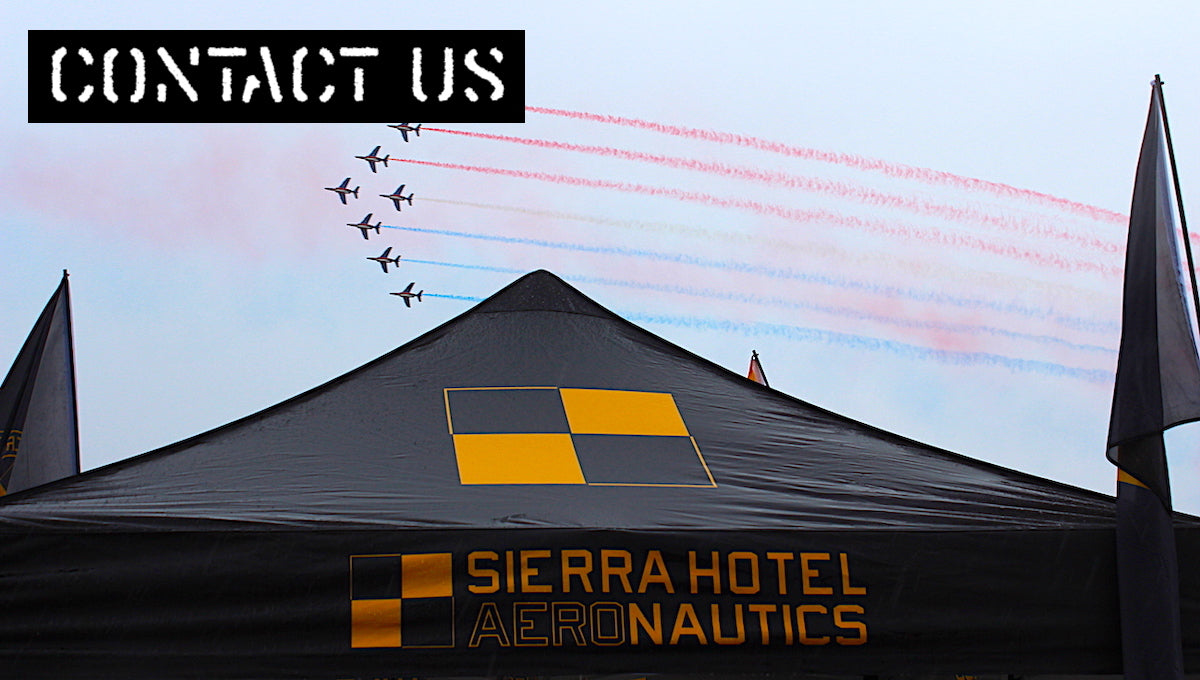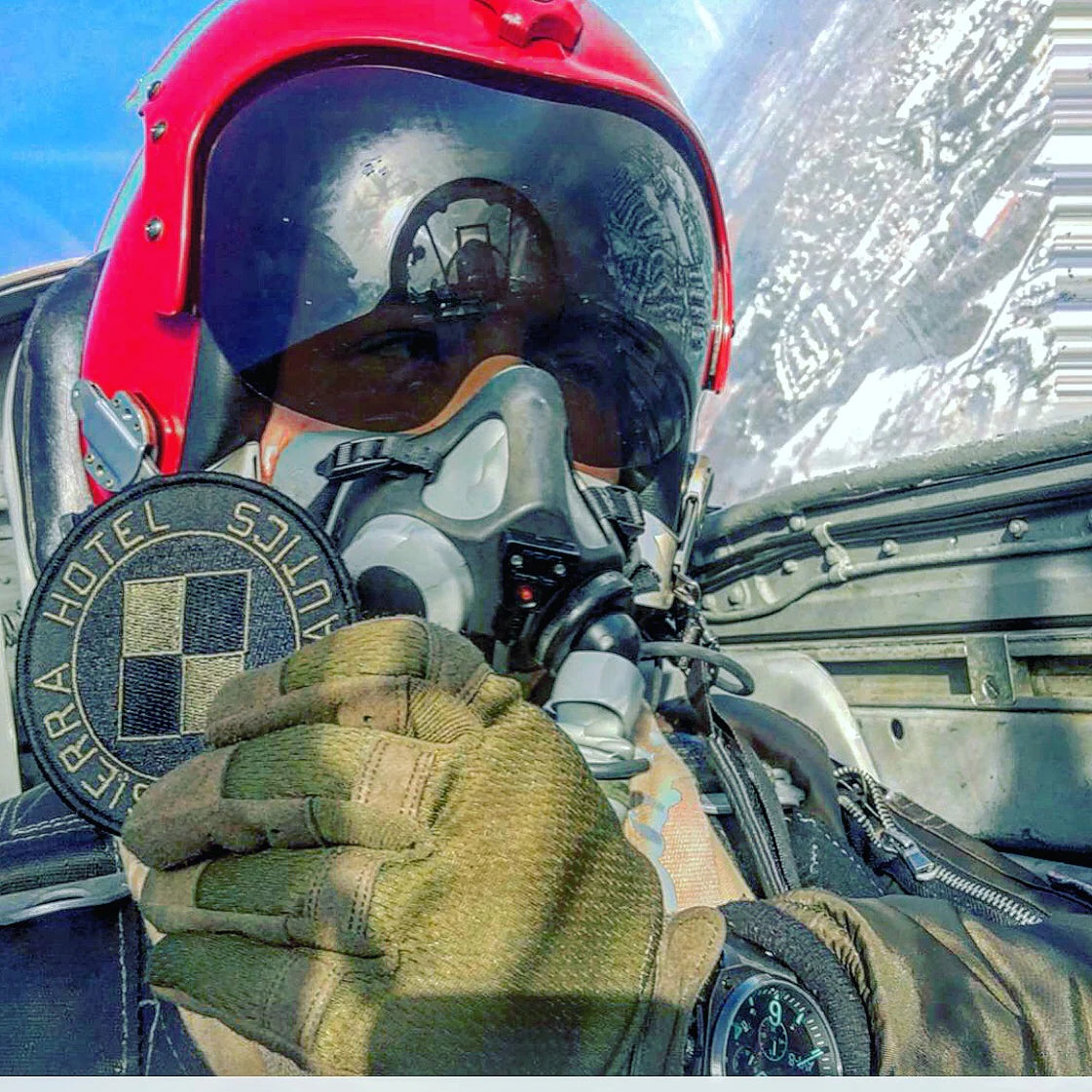The Day a USAF KC-135 Crew Saved an F-4 Phantom by Dragging it Home
On the 5th of September, 1983, 4 USAF F-4E Phantom jets were flying over the Atlantic en route to Europe along with the support of a KC-135 known as "North Star".
These five aircraft were part of a larger number of Phantoms and tankers on a routine trans-Atlantic flight. To make the crossing, the starving thrust-dependent Phantom jets would require "tanking" a total of 8 times to fill their thirsty engines.
Midway across the Atlantic, and just prior to the 4th refuel, one of the F-4Es piloted by Maj. Jon “Ghost” Alexander and his WSO, Dan Silvis, started to develop some engine problems. After a quick visual from one of the other aircraft, it was discovered Ghost's F-4E was bleeding oil. The emergency divert base at Gander, Newfoundland, was contacted with an emergency declaration.
Shortly after, things began to rapidly deteriorate when the still-turning but barely burning turbines started to wind down, and the Phantom jet, known for its dependence on power, started to bleed airspeed and altitude simultaneously.
At this point, with the Number Two engine barely hanging on, the Number One began to struggle with the higher temperatures and load of keeping the Phantom airborne. Watching the airspeed decay, Ghost decided to jettison his external tanks to reduce drag and weight in hopes of saving his dying jet.
 Struggling with a dying Number 1 and an overheating Number 2 while maintaining an extreme high nose-up attitude to keep far away from the frigid Atlantic beneath, sadly for Ghost and his WSO, things were about to go even further south...moments after dropping his tanks, his jet's hydraulic system failed, crippling the stricken jet even further. And reducing the list of available options to one...Eject!
Struggling with a dying Number 1 and an overheating Number 2 while maintaining an extreme high nose-up attitude to keep far away from the frigid Atlantic beneath, sadly for Ghost and his WSO, things were about to go even further south...moments after dropping his tanks, his jet's hydraulic system failed, crippling the stricken jet even further. And reducing the list of available options to one...Eject!Still 520 miles out of Gander and facing a certain death in the waters below, "Lone Star" E-113, crewed by Captain Robert Goodman, Captain Michael Clover, First Lieutenant Karol Wojcikowski and Staff Sergeant Douglas Simmons, pulled high and in front of Ghost's Phantom, dropping flaps and slats to slow to the speed of the crippled jet.
As the altitude dropped to 4000 feet over the water, "North Star" hooked up with Ghost's Phantom and started to transfer fuel to his starving J-79 engines. Considering the lack of hydraulics and asymmetric thrust produced by the F-4, as well as the high Angle of Attack flown by both aircraft at low airspeed and altitude, this was no easy feat.
The F-4E could not hold on, as the decaying power and airspeed proved too much for the tanker, and repeatedly brute-force disconnected from the refuelling probe. Each time, the tanker descended after the dying Phantom jet in a final descent towards the waters below. The crew of "North Star" pushed their nose over and chased the Phantom lower. And slower, this time indicating as little as 190 knots at 1400 feet above the cold Atlantic waves.
Amazingly, holding the connection, "North Star" began to actually tow Ghost's Phantom for the final 160 miles to Gander.
As the coast of Newfoundland appeared on the horizon, and at 6000 feet of altitude, Ghost was able to coax a little power out of his now cooled #2 engine, disengaged from the boom, and was now left with the simple proposition of landing a Phantom that was only capable of banking left. Ghost's WSO quickly formulated an approach that would allow the jet to align with Gander’s main runway. While taking into account the jet's limited performance abilities.
Moments later, Ghost and his WSO touched down safe and dry on the runway complex at Gander and rolled to a stop.
The crew of "North Star," Captains Robert J. Goodman and Michael F. Clover, First Lieutenant Karol F. Wojcikowski and Staff Sergeant Douglas D. Simmons, all received the Mackay Trophy for their efforts above and beyond the call of duty in saving the F-4E crew from certain death in the waters below.














We c
As a kid (little girl) the F4 was my favorite aircraft & continued to be as I enlisted in the USAF at 19 in 1975. I trained & became the 1st enlisted Female at my SAC RBS 1CEVG Detachment remote in Nevada. F4 remained a favorite even after we were introduced to our new project aircraft the B1-A Bomber that we tested in secret. I appreciate all of these accounts of badassery as well as the items I’ve gotten from Sierra Hotel! Would be great if we could find some WE OWN THE SKY hats, T-shirts & more. “Aim High” was a great motto, but now that we have, we most assuredly do OWN THE SKY. CAVU, team!
This reminds me of an event I read about. While over Laos, a Thud was out of fuel so the tanker went into a dive to match the descent of the Thud and they connected and the tanker pumped fuel into the Thud and the engine started and made it home.
Great story. I remember it well. Real life drama. Shame the name of the WSO (Dan Silvis) and the two it’s F-4 on the wing weren’t mentioned. It was a team effort. I never met a tanker crew that didn’t give more than they got!
Pardo Push story can be found on Google
Leave a comment